![]()
![]()
![]()
Use LEFT and RIGHT arrow keys to navigate between flashcards;
Use UP and DOWN arrow keys to flip the card;
H to show hint;
A reads text to speech;
35 Cards in this Set
- Front
- Back
- 3rd side (hint)
|
What does lower cross syndrome look like |

|
|
|
|
Short muscles for lower cross |
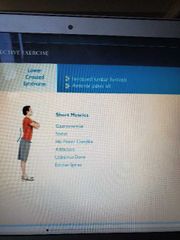
|
|
|
|
Lengthened muscles for lower cross |
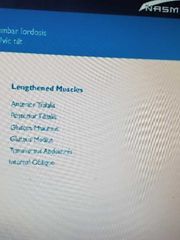
|
|
|
|
Possible injuries for lower cross |

|
|
|
|
Characteristics of upper cross |
Rounded shoulders and forward head |
|
|
|
Upper cross short |

|
|
|
|
Upper crops lengthened |
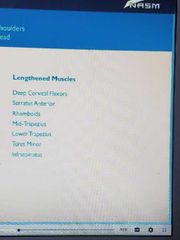
|
|
|
|
Possible injuries upper cross |
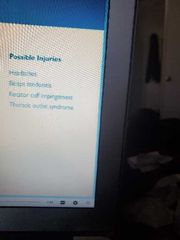
|
|
|
|
Pronation distortion syndrome characteristics |
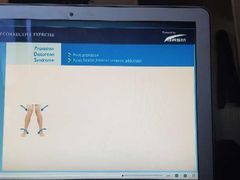
|
|
|
|
Pronation distortion short muscles |
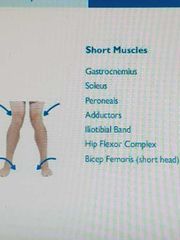
|
|
|
|
Pronation distortion lengthened |
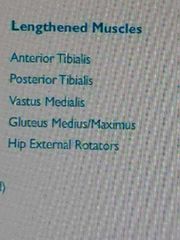
|
|
|
|
Pronation distortion possible injuries |
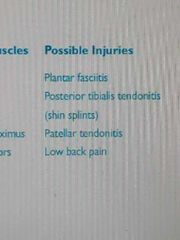
|
|
|
|
Typically shortened muscles |
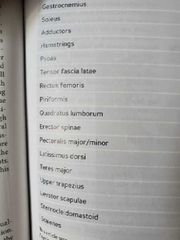
|
|
|
|
Typically lengthened muscles |
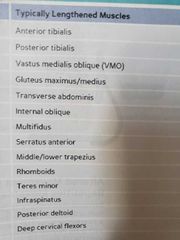
|
|
|
|
Kinetic chain checkpoints for static |
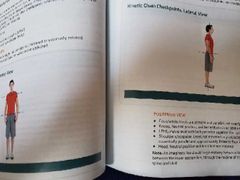
|
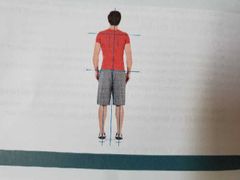
|
|
|
Kinetic chain checkpoints |
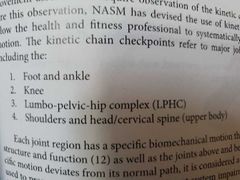
|
|
|
|
Anterior overhead squat assessment |
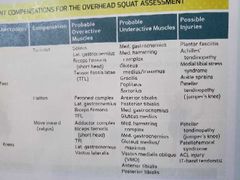
|
|
|
|
Lat overhead squat assessment |
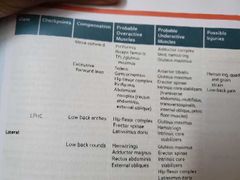
|
|
|
|
Post overhead squat assessment |
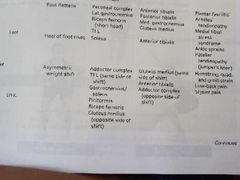
|
|
|
|
Sing leg squat checkpoints |
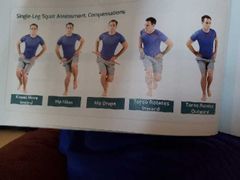
|
|
|
|
Sing leg squat anterior |
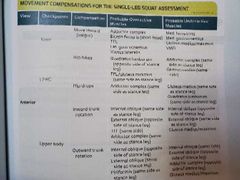
Only observe from front |
|
|
|
Mvmt comp for push up assessment |

|
|
|
|
Mvmt comp for standing row |
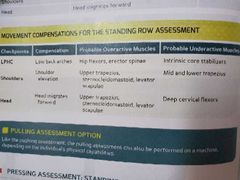
|
|
|
|
Mvmt comp for overhead press |
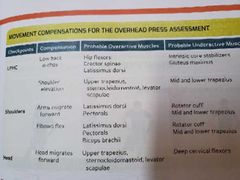
|

|
|
|
Checkpoints for gait obs |
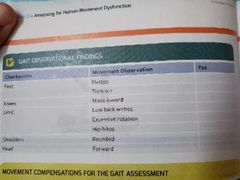
|
|
|
|
Mvmt comp for gait |

|

|
|
|
What does the piformis do |
Externally rotate leg |
|
|
|
What do the peroneals do |
Evert and plantar flex foot |
|
|
|
Soleus |
Plantar flexion |
|
|
|
Biceps femoris |
Extend hip, flex knee, external rotation |
|
|
|
What else are the adductor muscles responsible for |
External rotation |
|
|
|
Vmo |
Tear drop |
|
|
|
Rectus femoris |
Extend knee and flex hip |
|
|
|
Biceps femoris vs semis action |
External vs internal rotation |
|
|
|
Tfl |
Despite the location, it medially rotates the leg |
|

